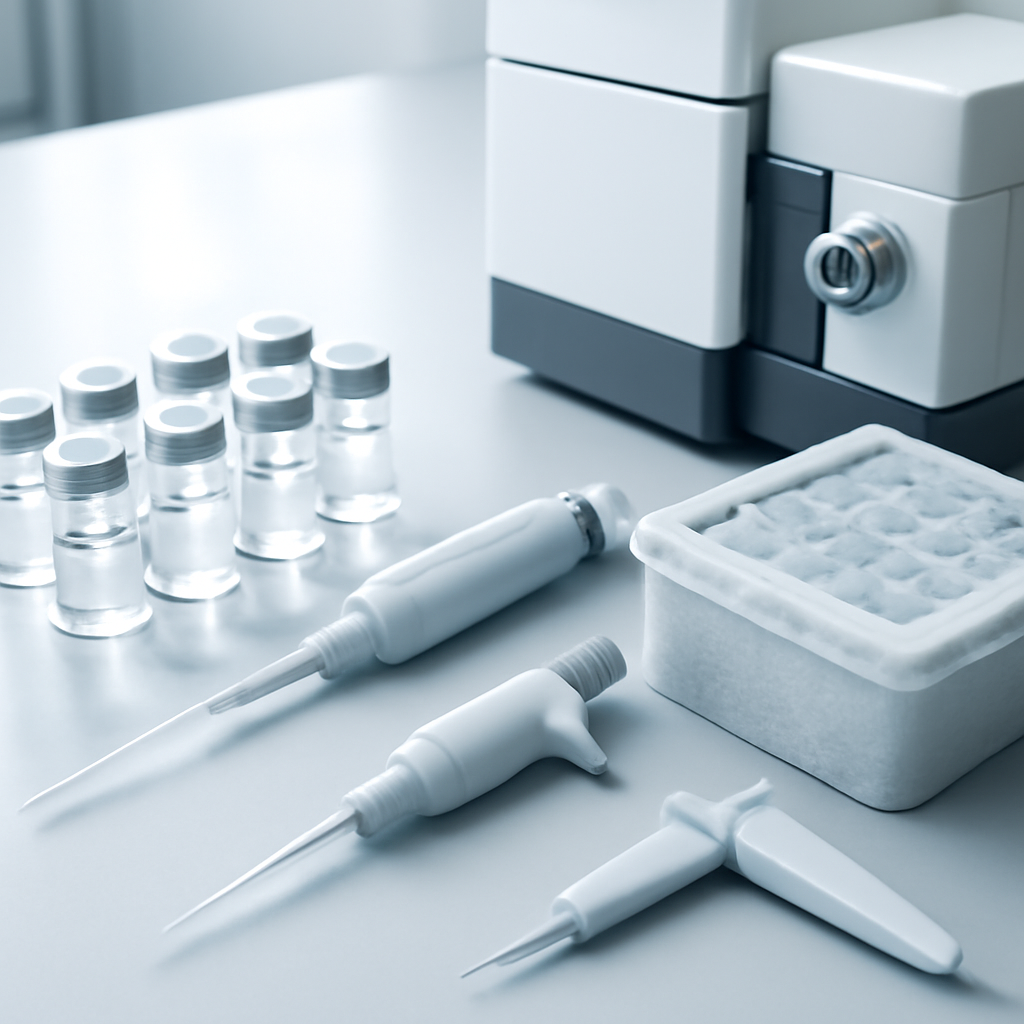Understanding the Biological Impact of GHRP-6
GHRP-6, or Growth Hormone Releasing Peptide-6, is a synthetic peptide known for its potent ability to stimulate growth hormone release. While primarily studied in preclinical settings, understanding its mechanisms of action at the molecular level is crucial for researchers exploring its potential applications in biomedical research. Investigations have demonstrated that GHRP-6 influences various cellular pathways, which can lead to significant biological effects, including cell proliferation and metabolic regulation. However, these effects also come with considerations of potential side effects, especially in experimental models.
Mechanisms of Action and Molecular Pathways
Cellular Pathways Affected
GHRP-6 binds to specific receptors, primarily the GHS-R (growth hormone secretagogue receptor), activating intracellular signaling cascades that promote growth hormone secretion. This engagement influences pathways such as the JAK-STAT, MAPK, and PI3K-AKT pathways, which are integral to cellular growth, differentiation, and metabolism. Preclinical studies suggest that these pathways are involved in mediating the peptide’s biological effects, which can vary depending on dosage and experimental conditions.
Receptor Interactions
The primary receptor interaction of GHRP-6 is with the GHS-R, a G-protein coupled receptor highly expressed in the hypothalamus and pituitary gland. Activation of this receptor stimulates the release of growth hormone from somatotrophs. Additionally, GHRP-6 may interact with other receptors and molecular targets, influencing various physiological processes and potentially contributing to side effects observed in experimental models.
Research Protocols and Experimental Use
In preclinical research, GHRP-6 is typically administered via injections at doses ranging from 100 to 300 micrograms per kilogram, depending on the model and desired response. Delivery methods include subcutaneous or intraperitoneal injections, with dosing schedules varying from daily to multiple times per day. Researchers monitor biological responses through biomarker analysis, such as measuring serum growth hormone levels, and observe cellular effects in vitro using cultured cells. Proper dosing is critical to elucidate the peptide’s mechanisms while minimizing adverse effects.
Comparative Insights with Other Peptides
GHRP-6 is often compared with other growth hormone secretagogues such as CJC-1295 and Tesamorelin. While all these peptides stimulate growth hormone release, differences in their receptor binding affinity, duration of action, and molecular structures influence their research applications and side effect profiles. Understanding these distinctions helps researchers select appropriate peptides for specific experimental goals and interpret observed outcomes accurately.
Storage, Stability, and Handling Guidelines
Proper storage of GHRP-6 is essential to maintain its stability and efficacy. Typically, peptides are stored at -20°C or below, protected from light, and in a lyophilized form until reconstitution. Once reconstituted, stability is generally maintained for several days when kept refrigerated at 2-8°C. Solvents such as sterile water or bacteriostatic water are used for reconstitution. Handling should follow aseptic techniques to prevent contamination, and aliquoting is recommended to avoid repeated freeze-thaw cycles that could degrade the peptide.
Conclusion
Research into GHRP-6 provides valuable insights into its mechanisms of action and biological effects at the molecular level. While its potential to influence growth hormone pathways is well-documented, understanding associated side effects in preclinical models is essential for accurate interpretation of experimental results. Continued investigation and careful experimental design will help elucidate its full potential and limitations in scientific research.
Disclaimer: This content is for educational and research purposes only. None of the peptides mentioned are intended for human use.


